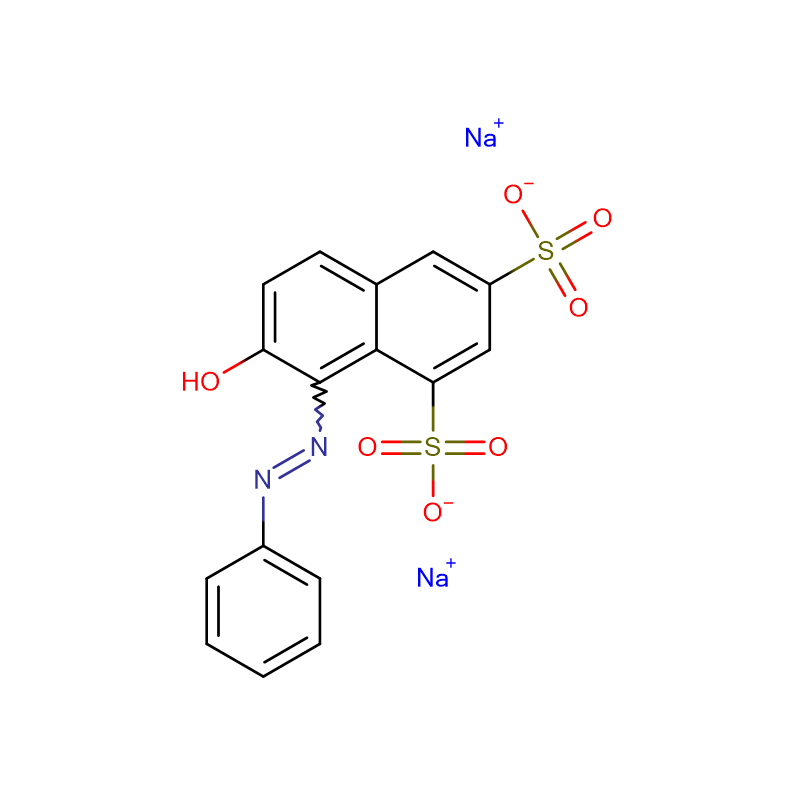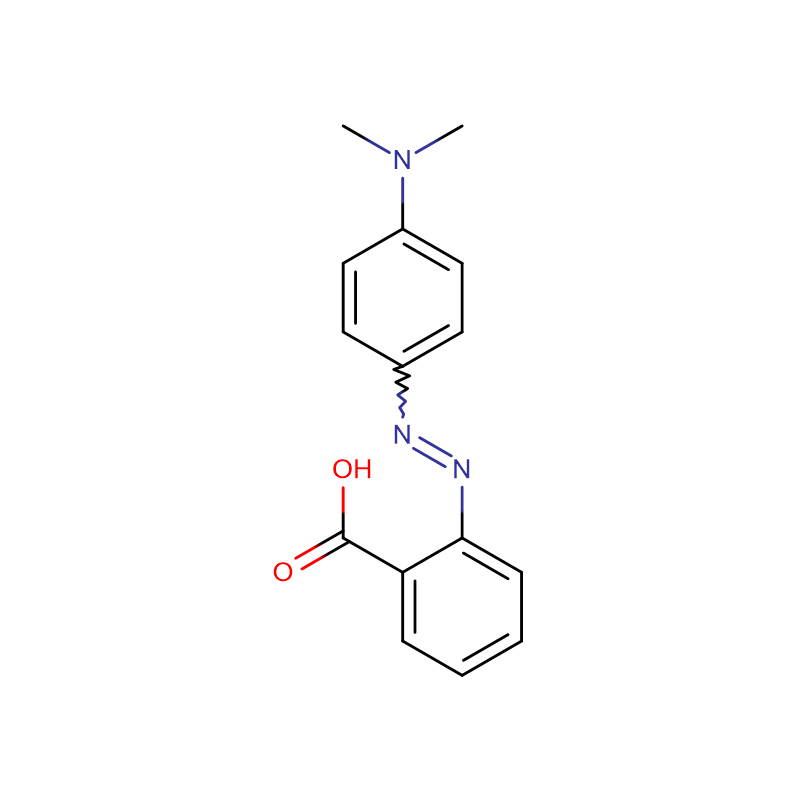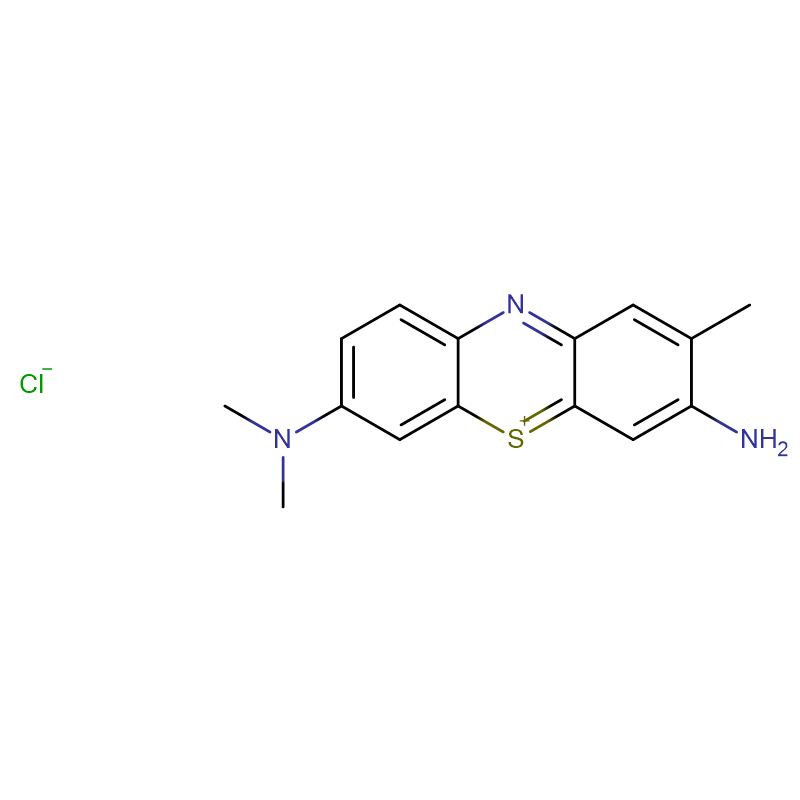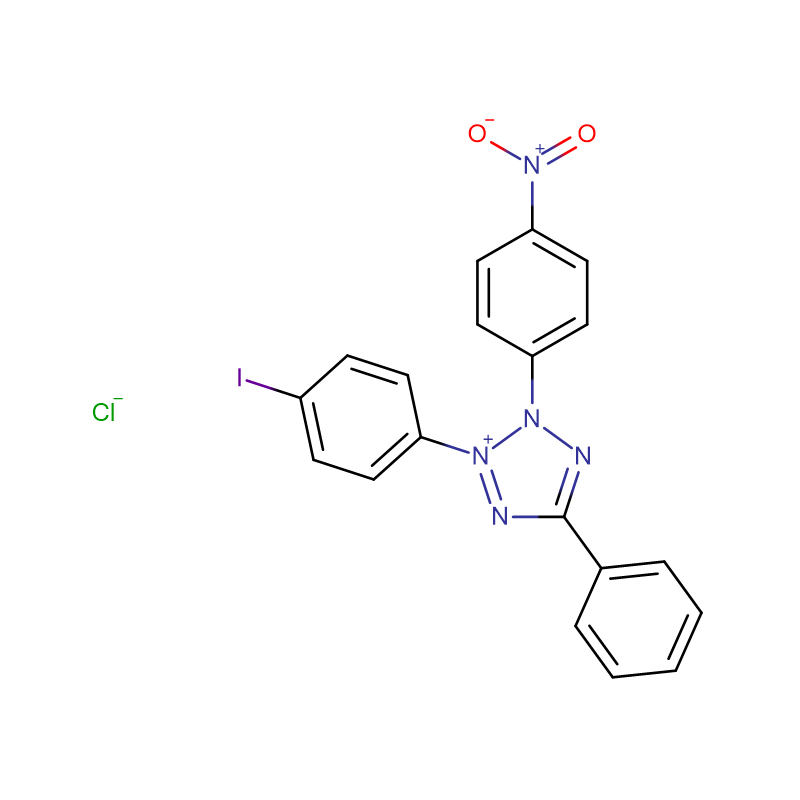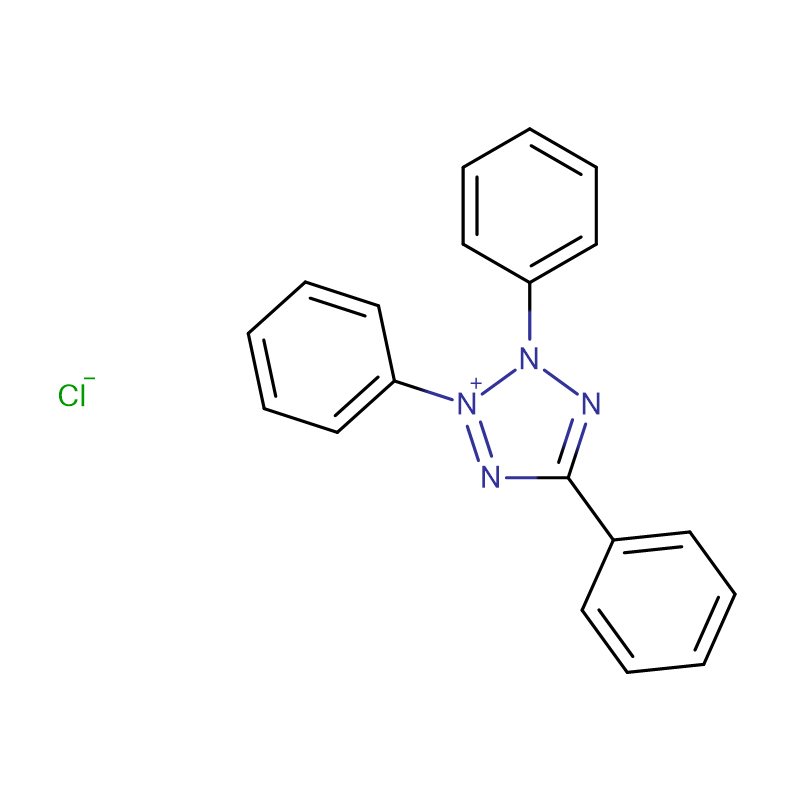Eosin B CAS:548-24-3
| Catalog Number | XD90483 |
| Product Name | Eosin B |
| CAS | 548-24-3 |
| Molecular Formula | C20H6Br2N2Na2O9 |
| Molecular Weight | 624.06 |
| Storage Details | Ambient |
| Harmonized Tariff Code | 32129000 |
Product Specification
| Appearance | Red to brown Powder |
| Assay | 99% |
| Loss on Drying | ≤ 10.0% |
| Solubility | Clear red solution |
| Absorption Ratio | 0.96-1.22 |
| Wavelength of maximum absorption | 515.0-525.0nm |
An introduction to the nomenclature and concept of "Romanowsky stains" is followed by a brief account of the dyes involved and especially the crucial role of azure B and of the impurity of most commercial dye lots. Technical features of standardized and traditional Romanowsky stains are outlined, e.g., number and ratio of the acidic and basic dyes used, solvent effects, staining times, and fixation effects. The peculiar advantages of Romanowsky staining are noted, namely, the polychromasia achieved in a technically simple manner with the potential for stain intensification of "the color purple." Accounts are provided of a variety of physicochemically relevant topics, namely, acidic and basic dyeing, peculiarities of acidic and basic dye mixtures, consequences of differential staining rates of different cell and tissue components and of different dyes, the chemical significance of "the color purple," the substrate selectivity for purple color formation and its intensification in situ due to a template effect, effects of resin embedding and prior fixation. Based on these physicochemical phenomena, mechanisms for the various Romanowsky staining applications are outlined including for blood, marrow and cytological smears; G-bands of chromosomes; microorganisms and other single-cell entities; and paraffin and resin tissue sections. The common factors involved in these specific mechanisms are pulled together to generate a "universal" generic mechanism for these stains. Certain generic problems of Romanowsky stains are discussed including the instability of solutions of acidic dye-basic dye mixtures, the inherent heterogeneity of polychrome methylene blue, and the resulting problems of standardization. Finally, a rational trouble-shooting scheme is appended.




